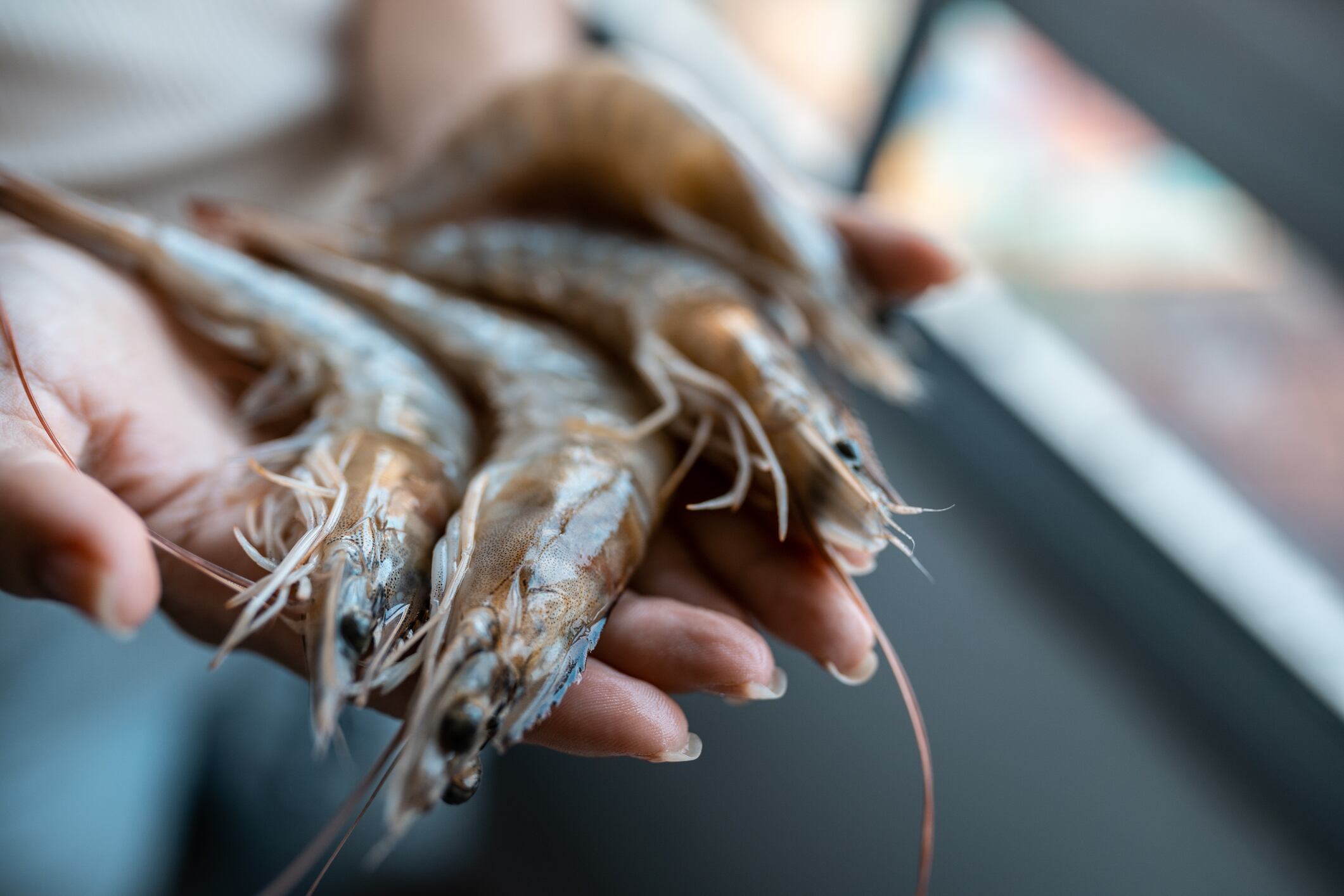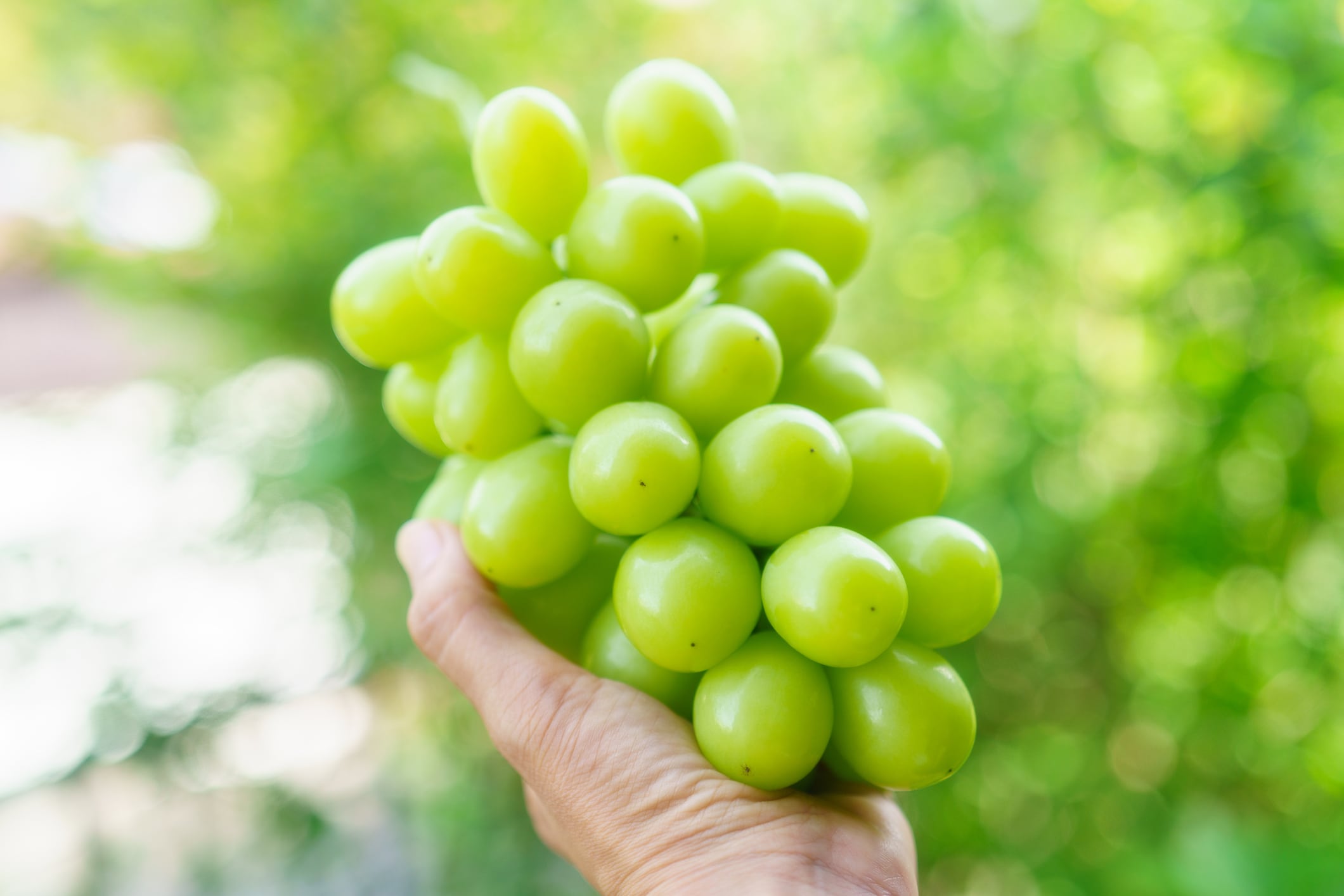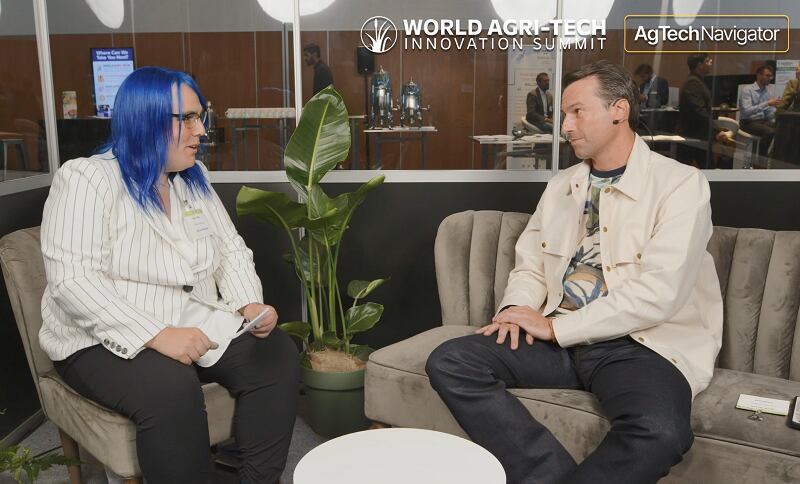An initiative to trail integrated rice–fish farming was conducted in Luxian, a county in the southeast of Sichuan province.
Local rice farmers in the major rice-producing region have started to cultivate shrimp and crayfish in their rice paddies.
Integrated rice–fish farming involves combining rice cultivation and fish farming within the same field to create a mutually beneficial system.
Thissystem promotes environmental sustainability by reducing chemical use, improving water efficiency, soil fertility, and enhancing rice yields symbiotically, according to a 2024 report by the Food and Agriculture Organisation (FAO) of the United Nations. Furthermore, cultivating both fish and rice on the same land helps to improve farmer income.
This circular approach has been adopted in recent years to stabilise production and supply, increase farmers’ income, and promote green development.
Crayfish, in particular, holds strong potential as a premium product, which is featured in widely popular Chinese dishes such as Mala Xiaolongxia (麻辣小龙虾).
According to a Sichuan report, the province consumes around 180,000 tonnes of crayfish annually.
Traditionally, Hubei and Jiangsu have been China’s main crayfish-producing regions, but Luxian’s output can supply the market during their off-season, ensuring a more stable supply.
For this initiative, an industrial-scale facility was built to cultivate shrimp fry.
The hatchery was equipped with modern facilities, including microfilters, UV sterilization, and liquid oxygen, which allowed for precise control of temperature, dissolved oxygen, and sterilisation.
With this technology, it can ensure the high quality of the fry.
According to the report, the hatchery has an annual output of 17 million fry, enough to supply 2,000 mu (133 hectares) of integrated fields.
In addition, the initiative also saw the adoption of smart farming devices, such as satellites and Internet of Things (IoT) devices to monitor weather conditions, pest infestations, and soil conditions.
Drones with intelligent feeding systems were also deployed, which helped to increase farming efficiency.
On September 29, a national conference was held to review the initiative.
It was attended by Vice Minister of Agriculture and Rural Affairs Zhang Zhili, as well as officials from agriculture departments from 28 provinces.
The initiative was said to have achieved “remarkable results” with strengthened policy guidance, technological support, resource assurance, and standardisation, according to a release published by the Ministry of Agriculture and Rural Affairs (MARA).
The conference called for the advancement of the integrated rice–fish farming model.
“Efforts should be made to strengthen guidance and promotion, ensure standardised development, enhance industrial regulation, optimise structural layouts, reinforce technological innovation, and improve efficiency and benefit,” said MARA.





